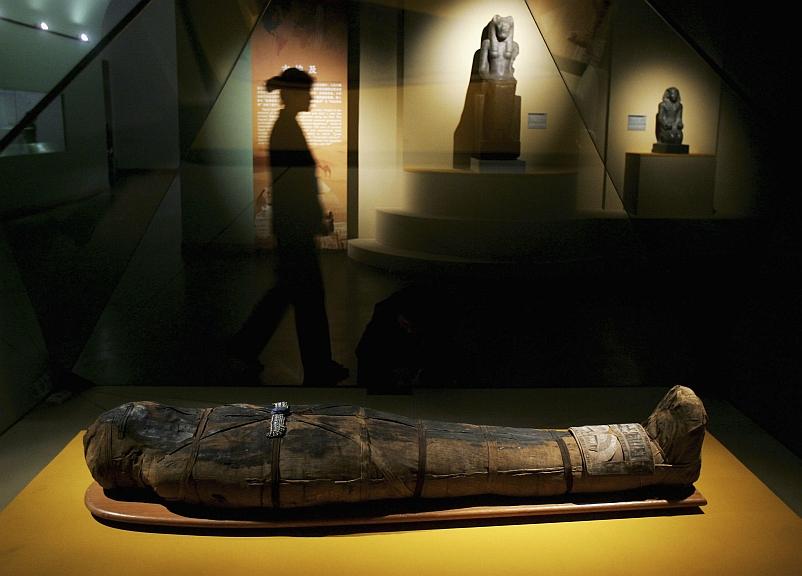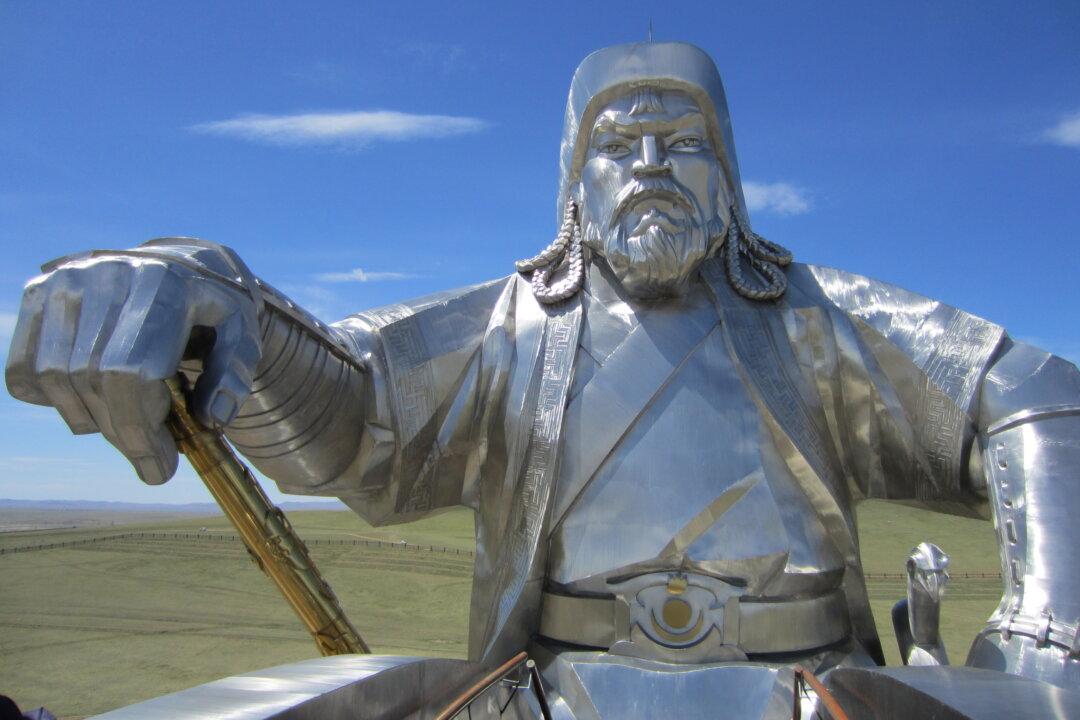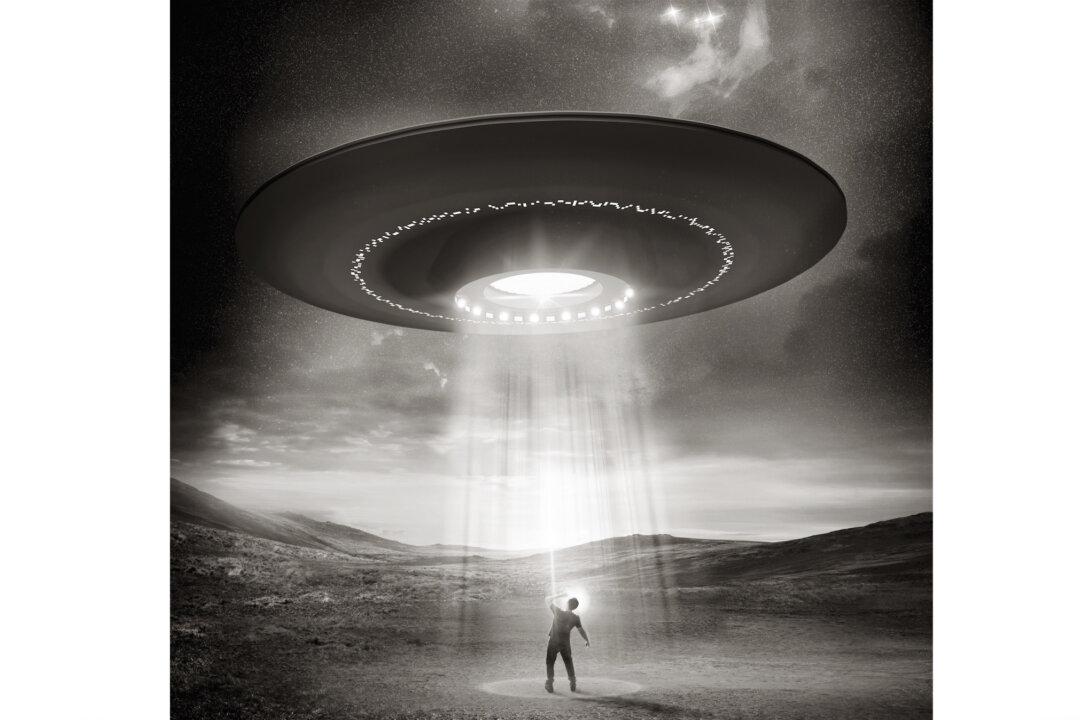Among certain scientific and historical circles, the idea that other nations visited the Americas before Christopher Columbus made his historic voyage in 1492 is becoming more accepted.
There is a growing supply of evidence to support the existence of Vikings traveling to the New World approximately 1,000 years ago. Other theories even date voyages by Chinese to the Americas sometime around 1420.
But there is suprising evidence of the ancient Egyptians visiting or having other contact with the Americas as early as 1,000 B.C.
The most intriguing finding is out of Munich, Germany, where German scientists Dr. Svetla Balabanova accidentally discovered the presence of nicotine and cocaine in several Egyptian mummies. These mummies were of ruling class and included the mummy of Lady Henut Taui, who died 3,000 years ago.
In 1992, when there was a push for thorough chemical analysis of mummies, a drug test seemed only natural. However, Balabanova did not expect to find significant amounts of substances that were only found in the Americas—nicotine from tobacco and cocaine from the coca plant, which was not exported overseas until the Victorian era.
The tests were first thought to be contaminated. Later, it was thought that the mummies were fakes from when the king of Bavaria originally bought them. But after authentication, countless tests, and similar results with other specimens, it was determined that the unexplainable had to be the truth.
Originally, ancient Egyptians were thought of to be only Nile River travelers with little knowledge of being able to traverse open seas. According to the Archaeology News Network, however, crafts and cargo containers contain evidence that Egyptians could and did travel in open waters, including the Red Sea.
A unique yet unverified theory places ancient Egyptian explorations as far as the American Southwest. Supposedly in 1909, two Smithsonian-funded explorers, S. A. Jordan and G. E. Kinkaid, discovered a series of caves in the Marble Region of the Grand Canyon. The caves were said to contain a variety of Egyptian-like artifacts including tablets with Hieroglyphics. Their experience was published in the Arizona Gazette on April 5, 1909. Unfortunately, the Smithsonian Institution has no records of finding Egyptian artifacts in the American Southwest.
To this day, the extent of ancient Egyptian contact with the Americas remains uncertain. Until more evidence is unearthed, the topic remains in historical limbo.





